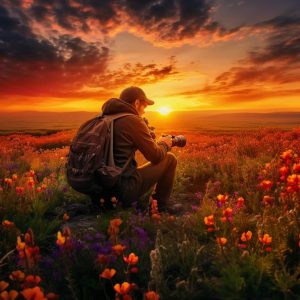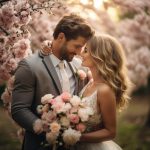If you’ve ever tried your hand at portrait photography, you know that capturing the essence of a person in a single frame is both an art and a challenge. Whether you’re snapping pics of friends, family, or clients, there’s a delicate dance between technical know-how and creative intuition.
In this blog post, we’re going to dive into the world of portrait photography and uncover the essential do’s and don’ts that will elevate your skills and help you avoid common pitfalls. From setting the right mood to understanding the nuances of lighting, we’ve got you covered with practical tips that anyone can grasp.
So, grab your camera, dust off your lens, and let’s embark on a journey to unlock the secrets of stunning portrait photography. Whether you’re a hobbyist or aiming to go pro, these insights will pave the way for you to capture moments that resonate and endure. Let’s get started!
Contents
- 1 Understanding Your Equipment: How to Get the Most Out of Your Camera
- 2 Using Different Types of Lighting to Enhance Your Photos
- 3 How to Find the Perfect Background for Your Subject
- 4 Conclusion:
- 5 FAQs
- 5.1 Do I need expensive equipment to take good portrait photos?
- 5.2 What’s the importance of natural light in portrait photography?
- 5.3 Should I always use a wide aperture for a blurry background?
- 5.4 Are there any specific poses that work best for portraits?
- 5.5 How can I make my subject feel more comfortable during a photoshoot?
- 5.6 Is post-processing necessary for portrait photos?
Understanding Your Equipment: How to Get the Most Out of Your Camera
DSLR cameras are the most popular type of camera on the market, and for good reason. They offer excellent image quality, a wide variety of lenses to choose from, and they’re relatively affordable.
But if you’re new to photography, all the features and options can be daunting. In this blog post, we’ll help you understand the basics of your DSLR camera so you can start taking great photos.
The first thing to understand is the difference between a DSLR and a point-and-shoot camera. A DSLR (digital single-lens reflex) camera uses a mirror to reflect light from the lens into the viewfinder.
This means you can see exactly what the lens is seeing when you look through the viewfinder. A point-and-shoot camera, on the other hand, has a small LCD screen on the back of the camera that shows you what the camera is seeing.
DSLR cameras also have interchangeable lenses, which means you can swap out the lens depending on what you want to shoot. For example, if you want to shoot close-up portraits, you would use a different lens than if you were shooting landscapes.
Most DSLRs come with a kit lens, which is a versatile lens that can be used for a variety of subjects. But if you want to get serious about photography, you’ll want to invest in some additional lenses.
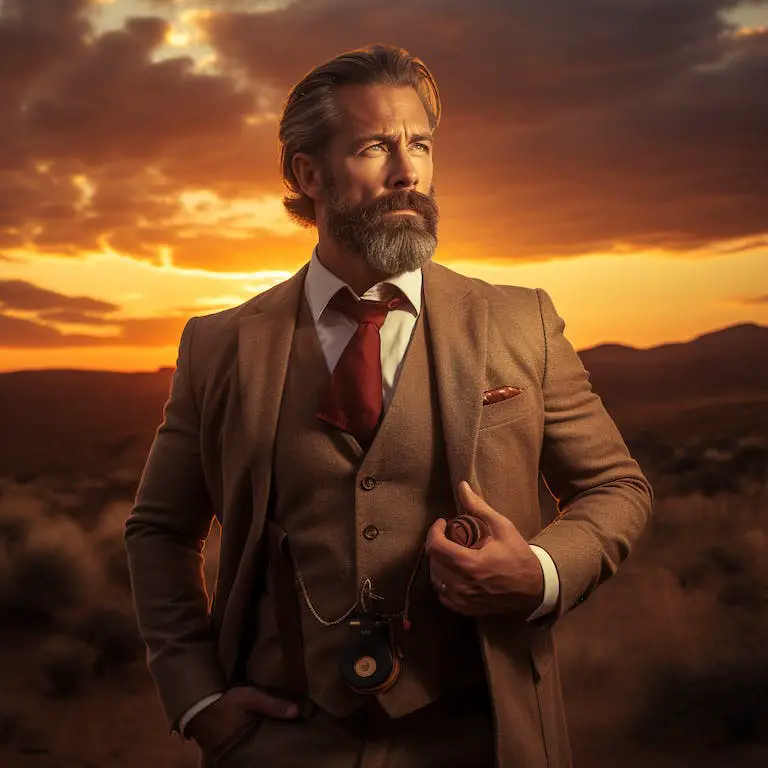
Now that you know the basics, let’s talk about some of the features you’ll find on a DSLR camera.
One of the most important settings on your camera is the aperture. The aperture is the hole in the lens that lets in light. A wider aperture (a smaller number) lets in more light and creates a shallow depth of field, which means the background of your photo will be blurry. This is ideal for portraits because it helps to focus attention on the subject.
A narrower aperture (a larger number) lets in less light and creates a deep depth of field, which means everything in the photo will be in sharp focus. This is ideal for landscapes because you want everything to be in focus.
The shutter speed is another important setting. It’s exactly what it sounds like—the speed at which the shutter opens and closes. A faster shutter speed (a smaller number) is ideal for action shots because it freezes the motion. A slower shutter speed (a larger number) is ideal for low-light situations or when you want to create a sense of motion in your photo.
ISO is the third important setting and it stands for “international standards organization.” ISO is a measure of the sensitivity of the sensor in your camera to light. A lower ISO number means the sensor is less sensitive to light, which is ideal for well-lit situations.
A higher ISO number means the sensor is more sensitive to light, which is ideal for low-light situations. However, if you use a high ISO setting, your photo will be grainy.
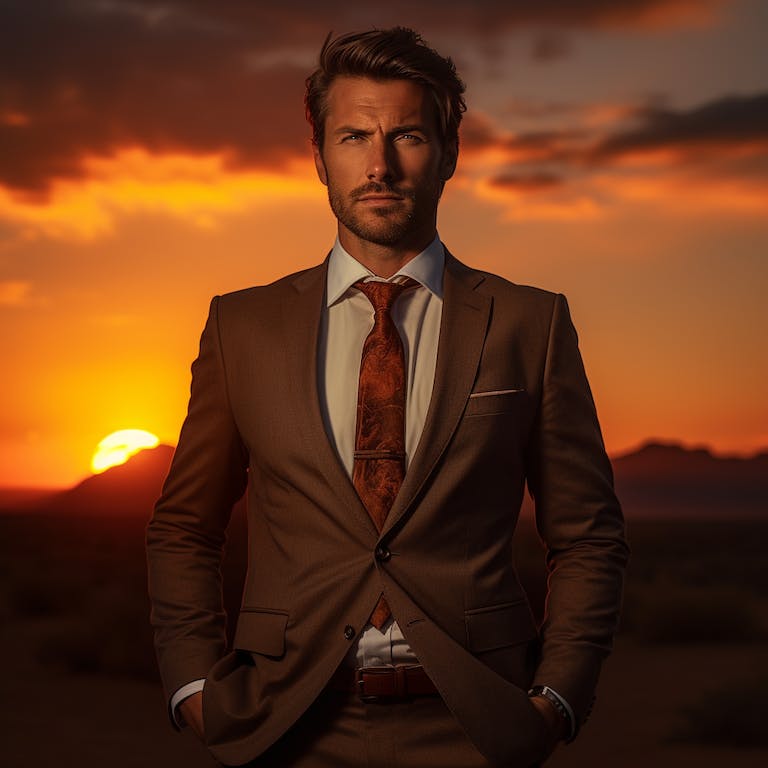
Using Different Types of Lighting to Enhance Your Photos
No matter what type of photography you’re interested in, lighting is always an important aspect to consider.
The right lighting can make or break a photo, and can really help to enhance the overall look and feel. In portrait photography, lighting is especially important, as it can help to set the mood and tone of the image.
Different types of lighting can create different effects, so it’s important to experiment with different lighting techniques to see what works best for you and your subjects. Here are some tips on using different types of lighting to enhance your portrait photos.
Do use natural light
Natural light is always the best choice for portrait photography. When possible, shoot outdoors in natural light for the most beautiful results. If you’re shooting indoors, try to position your subject near a window to get some natural light into the shot.
Don’t use direct sunlight
While natural light is great, direct sunlight can be too harsh for portrait photography. It can create deep shadows and bright highlights, which can be unflattering for your subjects. If you’re shooting outdoors, try to find some shade to avoid direct sunlight.
Do use artificial lighting
If you’re shooting indoors or in a situation where natural light isn’t available, artificial lighting can be a great option. You can use studio lights, lamps, or even candles to create different effects. Just be sure to experiment and find what works best for you.
Don’t use flash
Flash can be very harsh and can often create unflattering results. If you’re shooting in low light, try using a slower shutter speed instead of flash. This will help to avoid those harsh, bright highlights that can be so unflattering.
Do experiment with different lighting techniques
There are endless possibilities when it comes to lighting techniques. So don’t be afraid to experiment! Try different things and see what results you can get. You might be surprised at what you can create.
Don’t be afraid of shadows.
Shadows can actually be quite beautiful and can add depth and dimension to your photos. Embrace them!
Do use light to your advantage.
Remember that light is your friend! Use it to enhance your photos and create the mood and tone that you’re going for. With the right lighting, you can really take your photos to the next level.
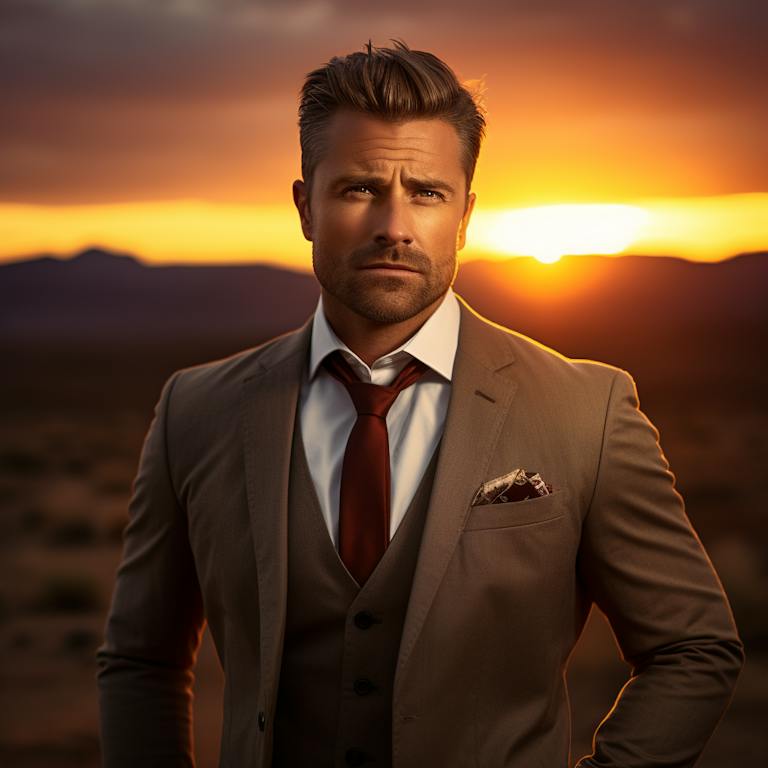
How to Find the Perfect Background for Your Subject
backdrops and props are important factors to consider when setting up your shot. The right background can make or break a photo, so it’s important to choose wisely. Here are some do’s and don’ts of portrait photography to help you find the perfect background for your subject.
DO:
Choose a background that compliments your subject. If your subject is wearing a bright dress, choose a background with muted colors. If your subject is in a nature setting, choose a background that highlights the natural elements.
DO:
Consider the lighting when choosing a background. If you’re shooting in natural light, make sure the background isn’t too dark or too bright. If you’re using artificial light, you have more flexibility with background choices.
DO:
Use props and backdrops that add interest to the photo without overpowering your subject. A simple chair or plant can add depth to the photo, while a busy patterned backdrop can be distracting.
DON’T:
Don’t choose a background that competes with your subject. If your subject is the star of the photo, the background should be secondary.
DON’T:
Don’t be afraid to experiment with different backgrounds. Sometimes the best photos are taken when you step out of your comfort zone.
DON’T:
Don’t forget to pay attention to the details. Make sure the background is clean and free of clutter.
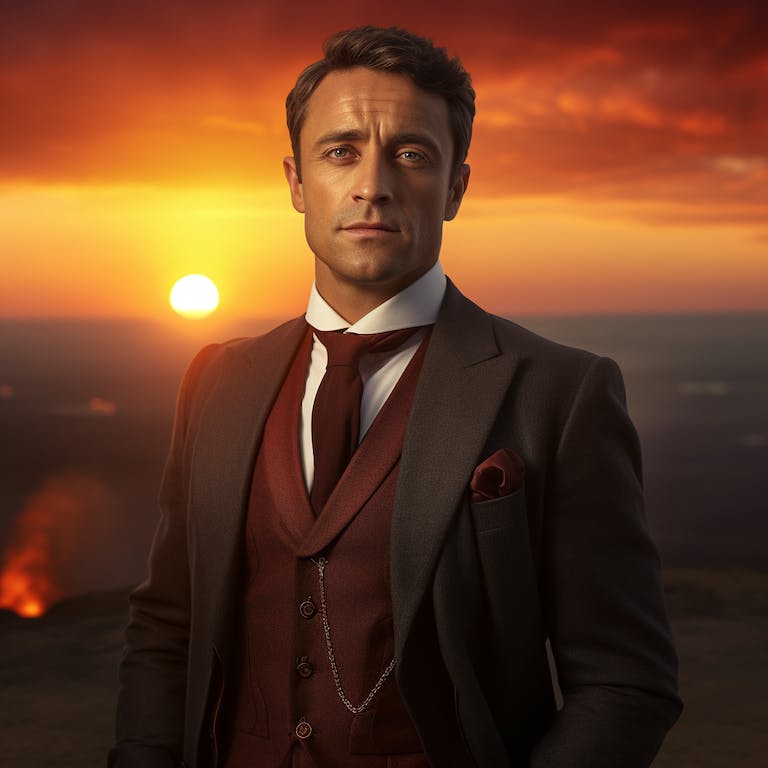
Conclusion:
In conclusion, finding your style in portrait photography can be a long and difficult process. However, it is important to remember that your style is what makes you unique as a photographer. There are no right or wrong ways to take portraits, but there are some general do’s and don’ts that you should keep in mind.
I hope this article has helped you to understand a little bit more about portrait photography and how to find your own style. Remember, there are no set rules, so experiment and have fun!
When it comes to portrait photography, the most important thing is to be yourself. There are no right or wrong ways to take portraits, but there are some general do’s and don’ts that you should keep in mind.
FAQs
Do I need expensive equipment to take good portrait photos?
No, you don’t necessarily need high-end gear. While good equipment can enhance your results, understanding basic principles like lighting and composition is key. Even a smartphone with a decent camera can produce impressive portraits with the right techniques.
What’s the importance of natural light in portrait photography?
Natural light is a game-changer. It’s soft, flattering, and free! Whenever possible, opt for natural light over harsh artificial lighting. Position your subject so that the light falls evenly on their face, avoiding strong shadows.
Should I always use a wide aperture for a blurry background?
While a wide aperture (low f-stop) can create a beautiful bokeh effect, it’s not a universal rule. Consider your subject and the story you want to tell. Sometimes, a smaller aperture is better to ensure the entire face is in focus, especially in group shots.
Are there any specific poses that work best for portraits?
Experimentation is key! While classic poses can be a good starting point, encourage your subjects to be themselves. Capture candid moments, genuine smiles, and natural expressions. It’s often these unscripted shots that become the most cherished.
How can I make my subject feel more comfortable during a photoshoot?
Establish a rapport. Communicate openly, offer positive feedback, and make the experience enjoyable. This helps your subject relax, leading to more natural and authentic expressions.
Is post-processing necessary for portrait photos?
It depends on your style and the desired outcome. Light touch-ups can enhance the overall look, but avoid excessive editing that may compromise the authenticity of the image. Strive for a balance that enhances without distorting.



